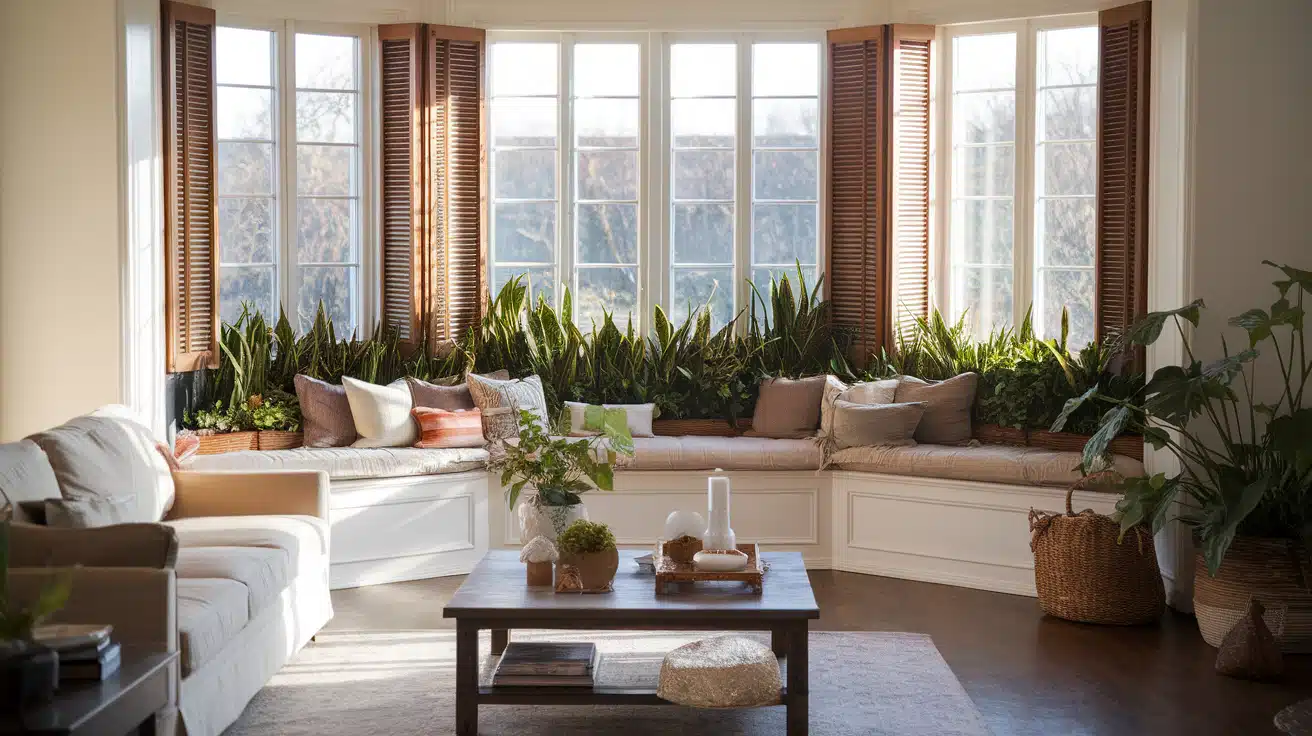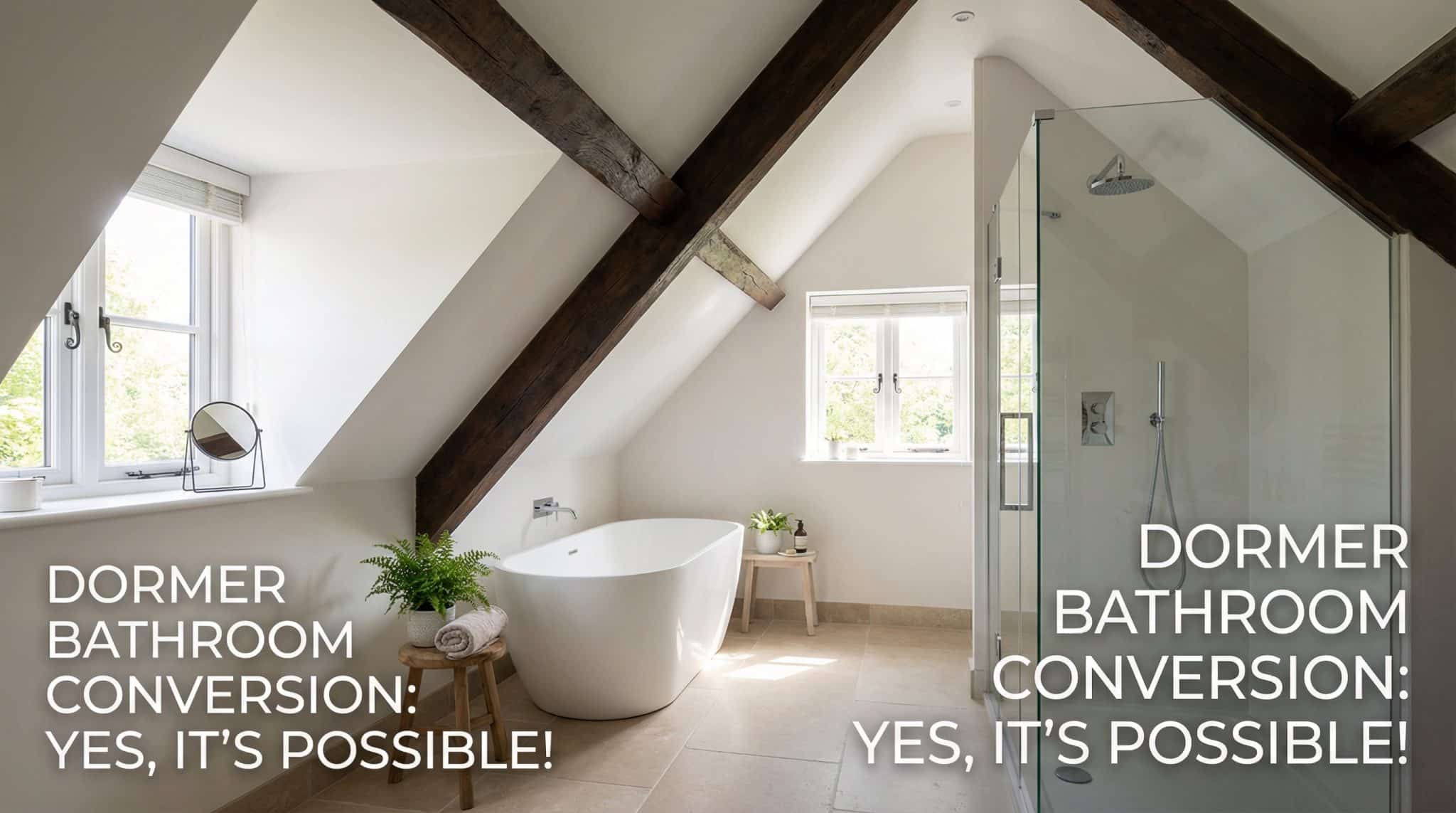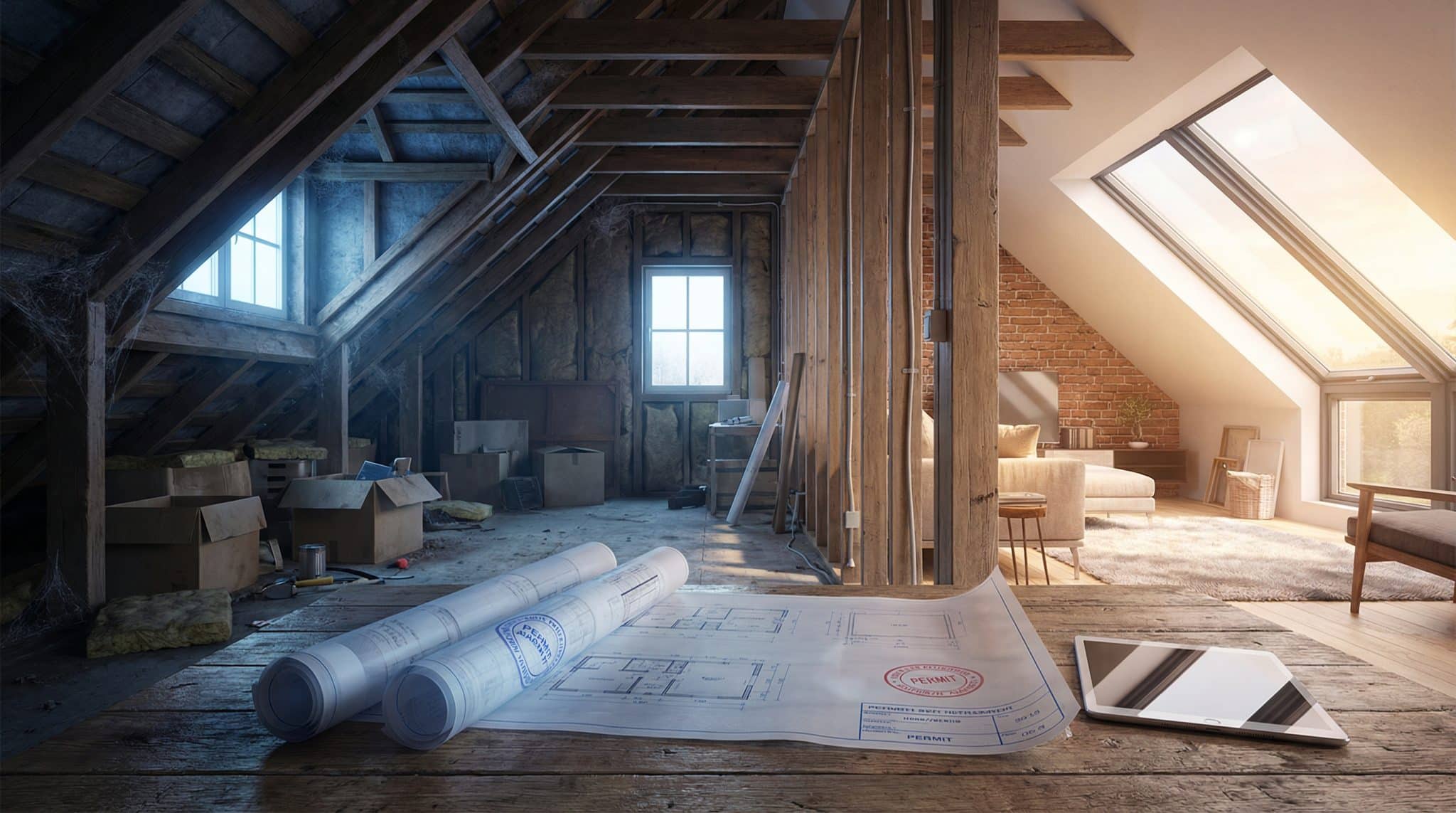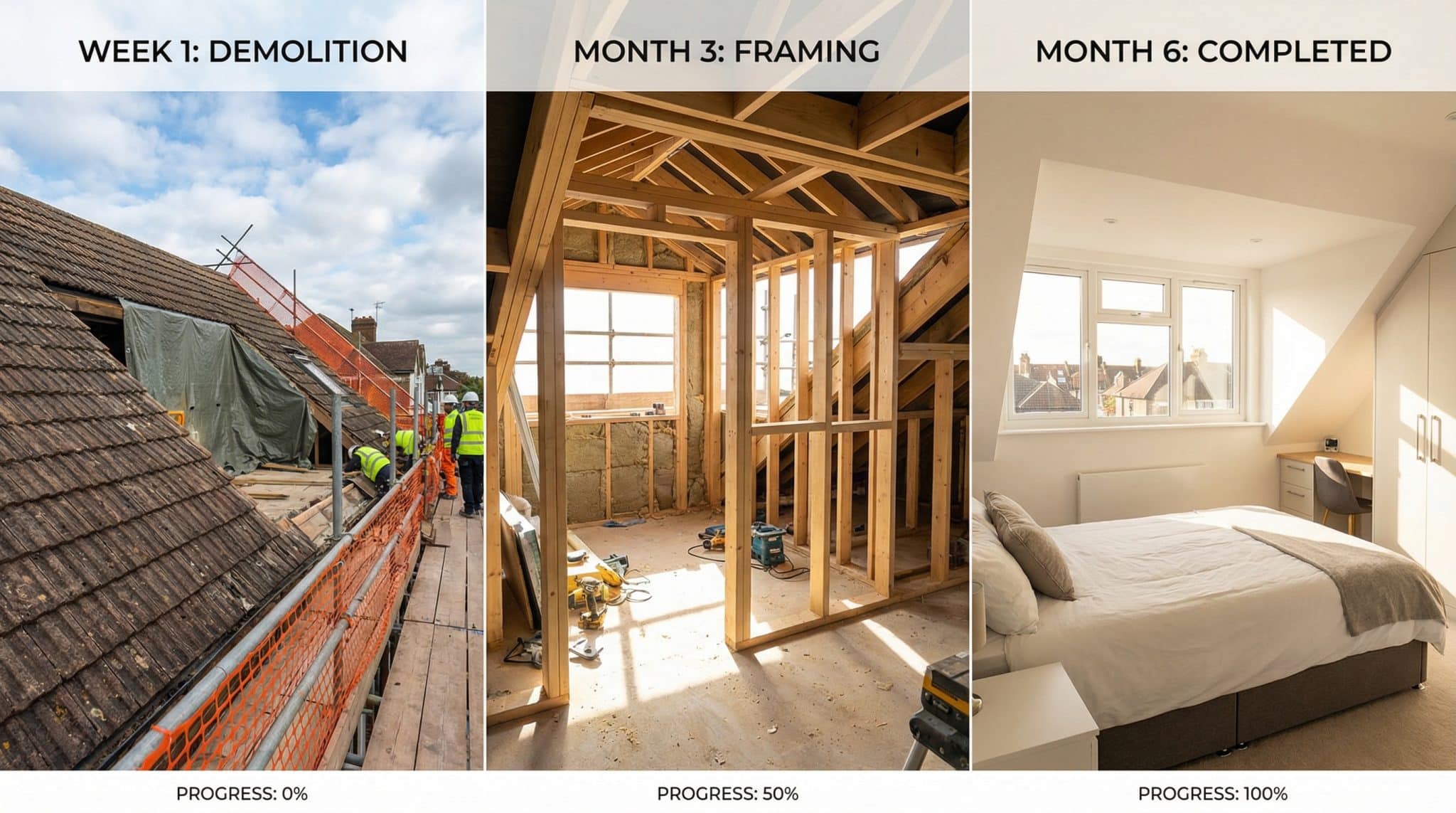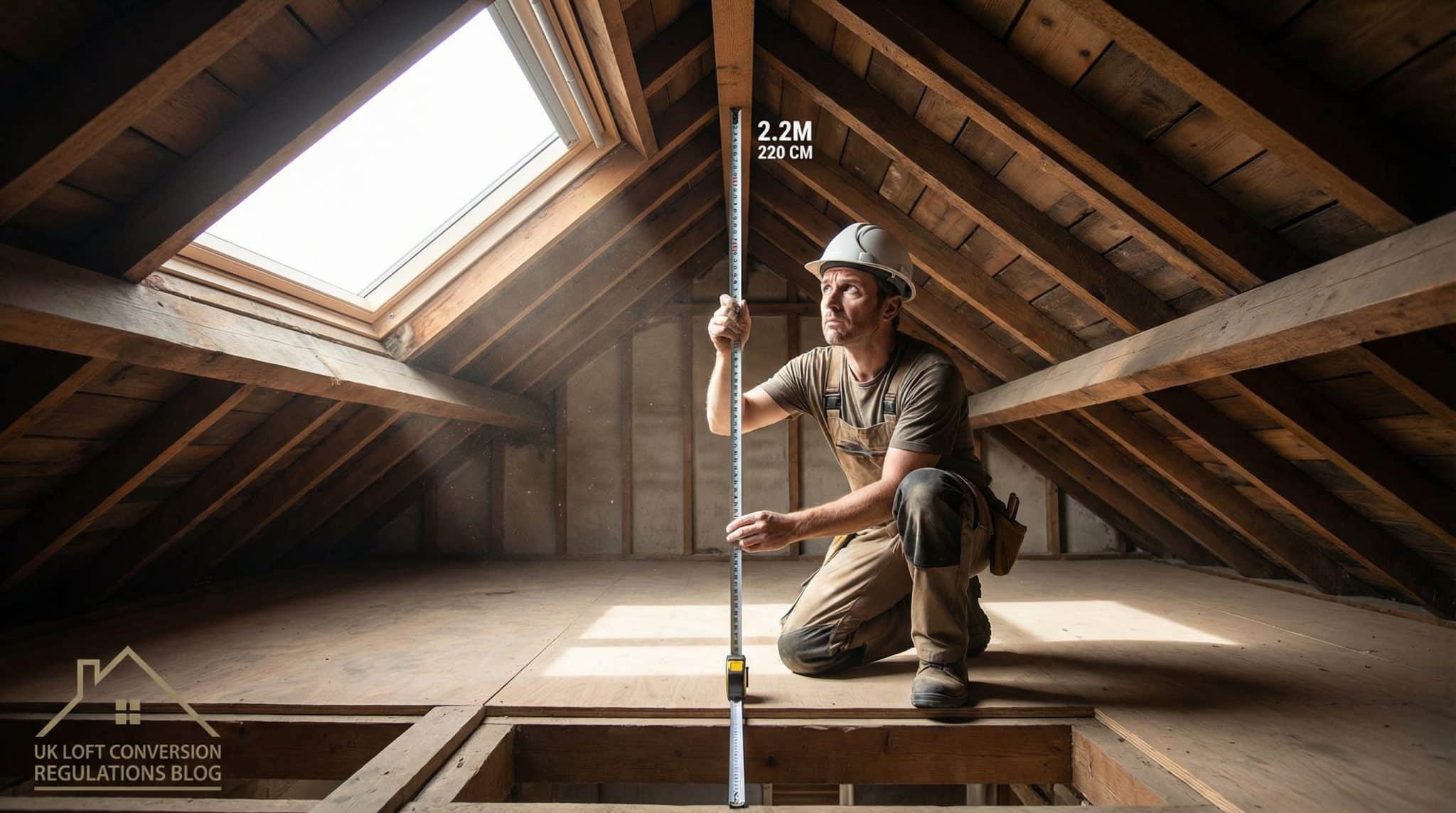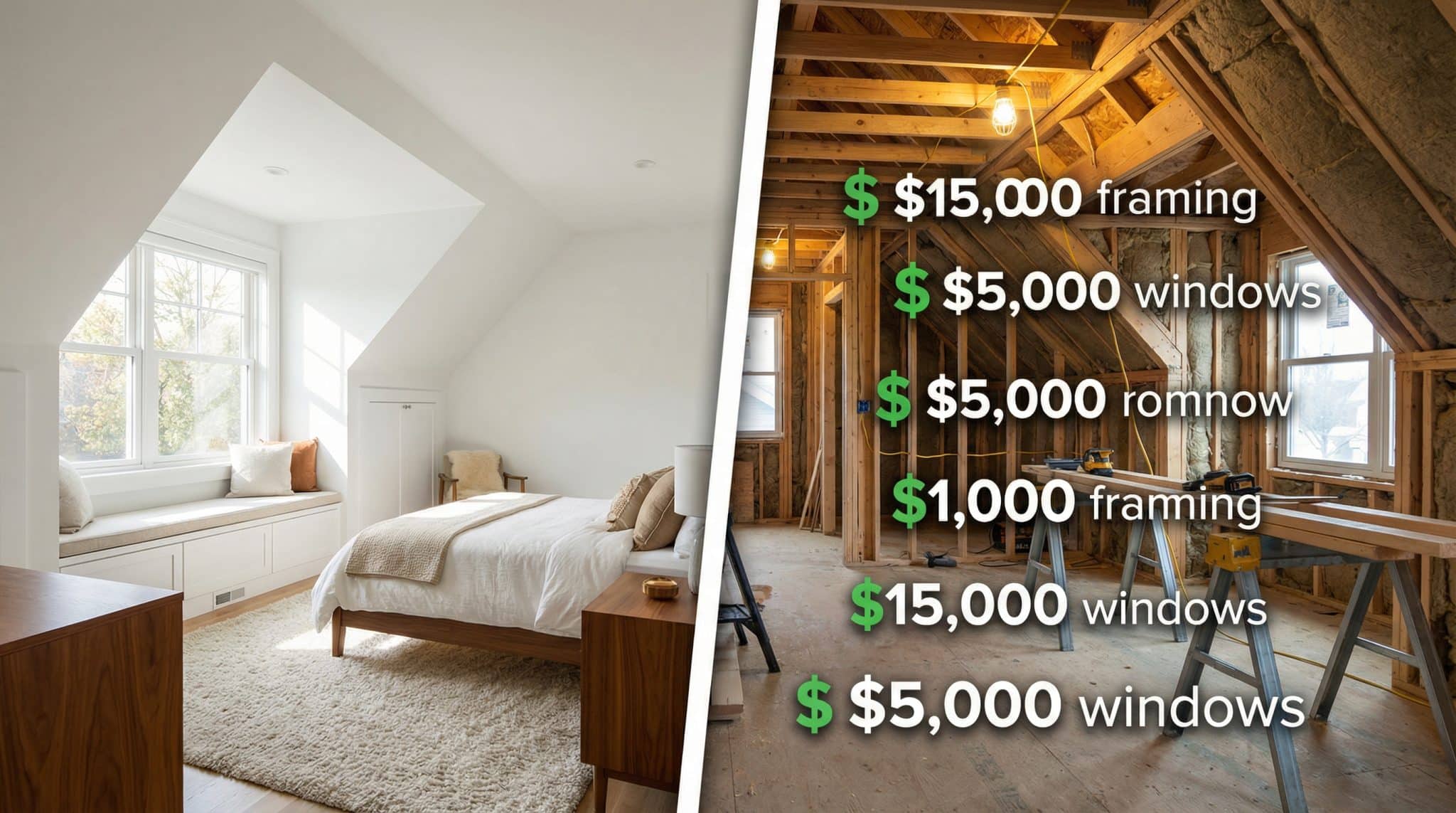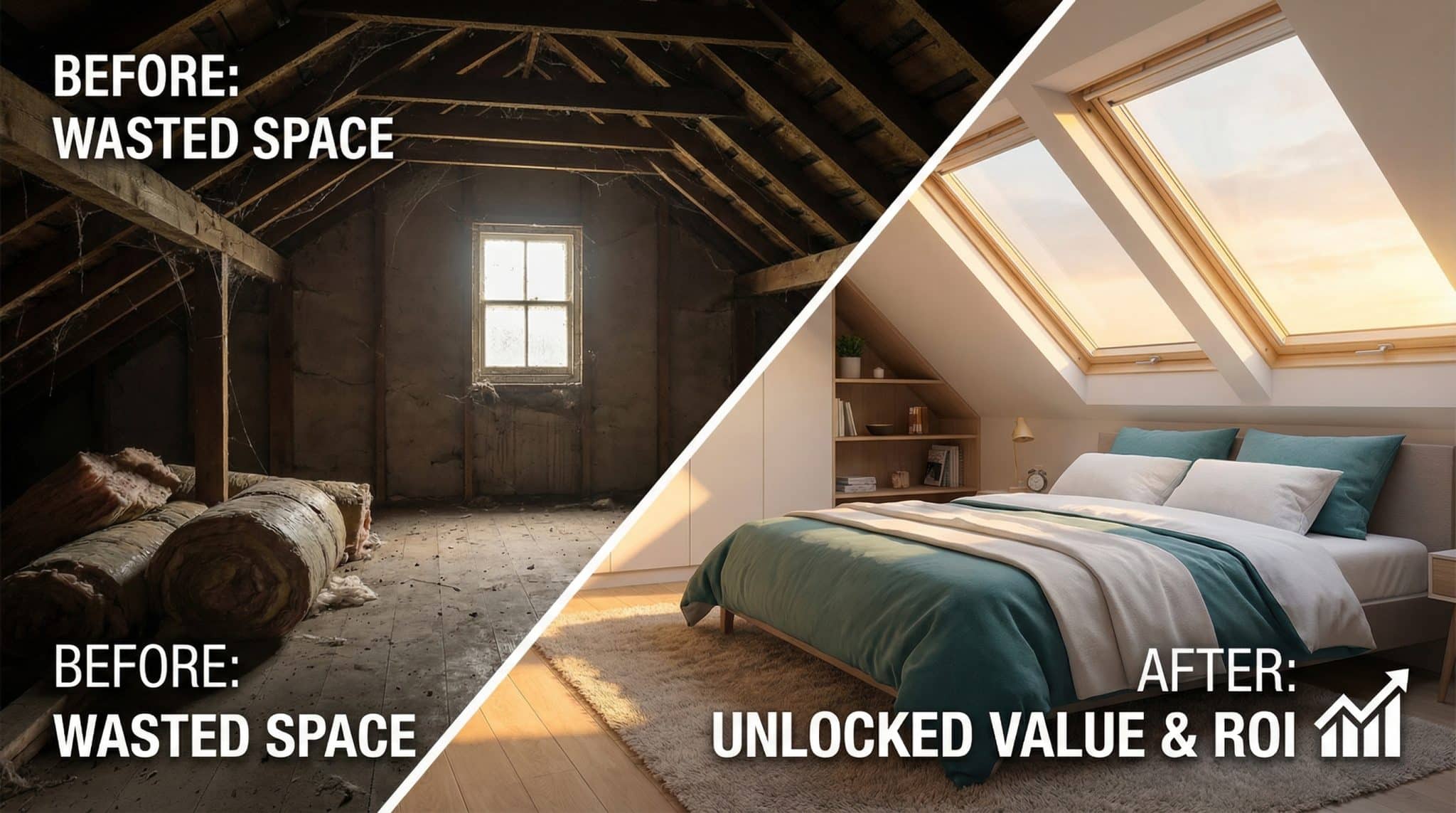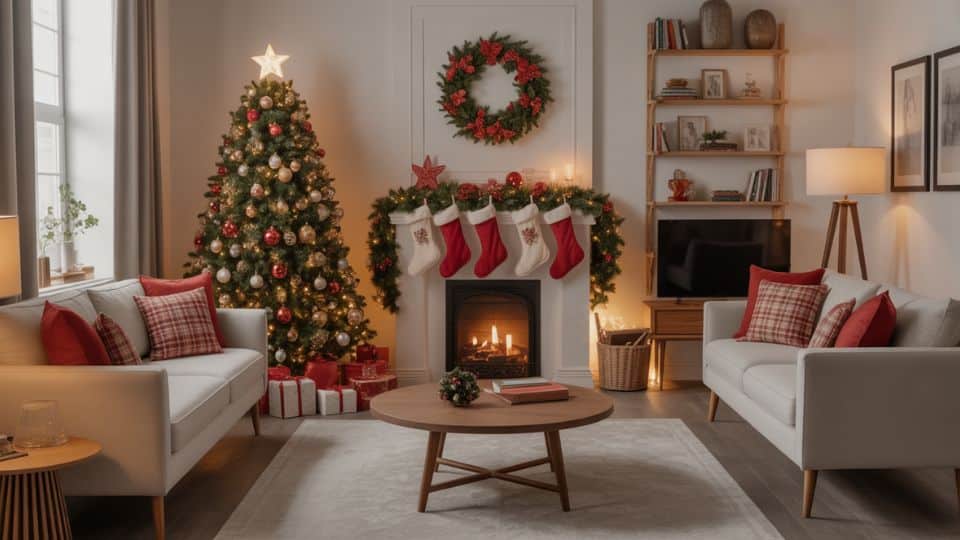Did you know the wrong windows can add hundreds to your energy bills each year?
Your window choice affects everything from comfort to home value. Poor windows make rooms feel cramped and dark.
They waste energy and hurt your wallet every single month. Savvy homeowners research different types of windows before making a purchase.
Each style serves different needs and budgets. Some windows excel at ventilation while others maximize scenic views.
The key is matching window types to your specific needs. Consider your climate, room size, and daily habits.
Consider maintenance requirements and long-term expenses. Apprehending your options helps you make the right choice for your home and lifestyle.
This guide covers popular window styles to help you make an informed decision.
Why Window Style Matters?
Your window choice affects everything in your home. Comfort levels change based on the amount of light entering your rooms.
Energy bills fluctuate depending on how well windows seal. Home value increases with the right window style for your house type.
The wrong windows make rooms feel cramped or poorly lit. They let heat escape in the inter months. They allow hot air inside during the summer heat.
Good windows solve all these problems while improving the look of your home.
What Really Matters?
- Functionality First: Choose windows that match how you live. Love fresh air? Pick windows that open wide.
- Space Reality Check: Measure your space. Some windows need room to swing open. Others slide without extra space.
- Energy Bills Add Up: Good windows save money monthly. Look for double-pane glass and ensure the windows have tight seals.
- Budget vs. Value: Quality windows cost more upfront but last longer and boost home value.
- Style Speaks Volumes: Match Your Home’s Style. Modern homes need clean lines. Traditional homes need classic looks.
13 Types of Windows for Your Home
Every home needs the right windows to strike a balance between cost, function, and style. Here’s your complete guide to 13 popular window types that can convert your living space.
1. Single-Hung Windows
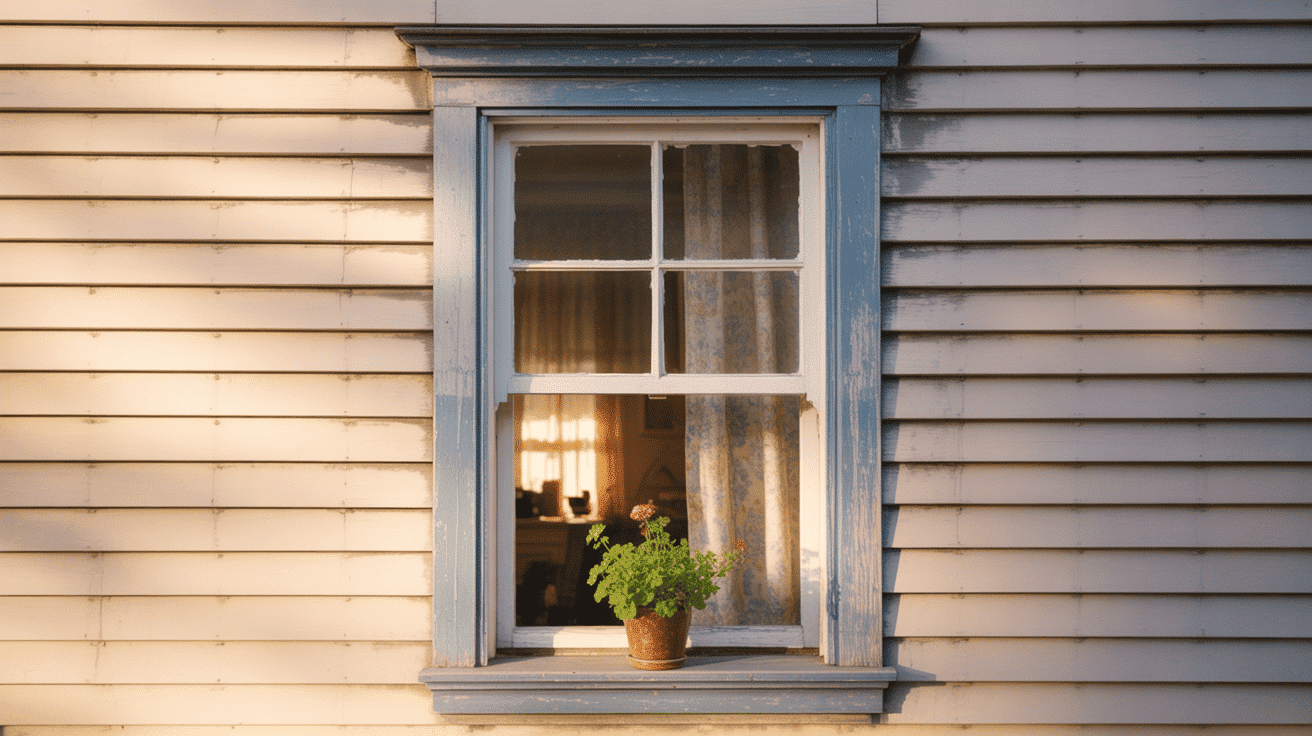
Single-hung windows feature one movable sash that slides up and down. The top sash stays fixed while the bottom opens for ventilation.
- Cost Considerations: Most budget-friendly option. Ideal for large projects or those with tight budgets.
- Key Advantages: Simple design means fewer problems. Takes up no extra room when open.
- Durability: Lasts decades with minimal maintenance. Few moving parts mean less wear.
2. Double-Hung Windows
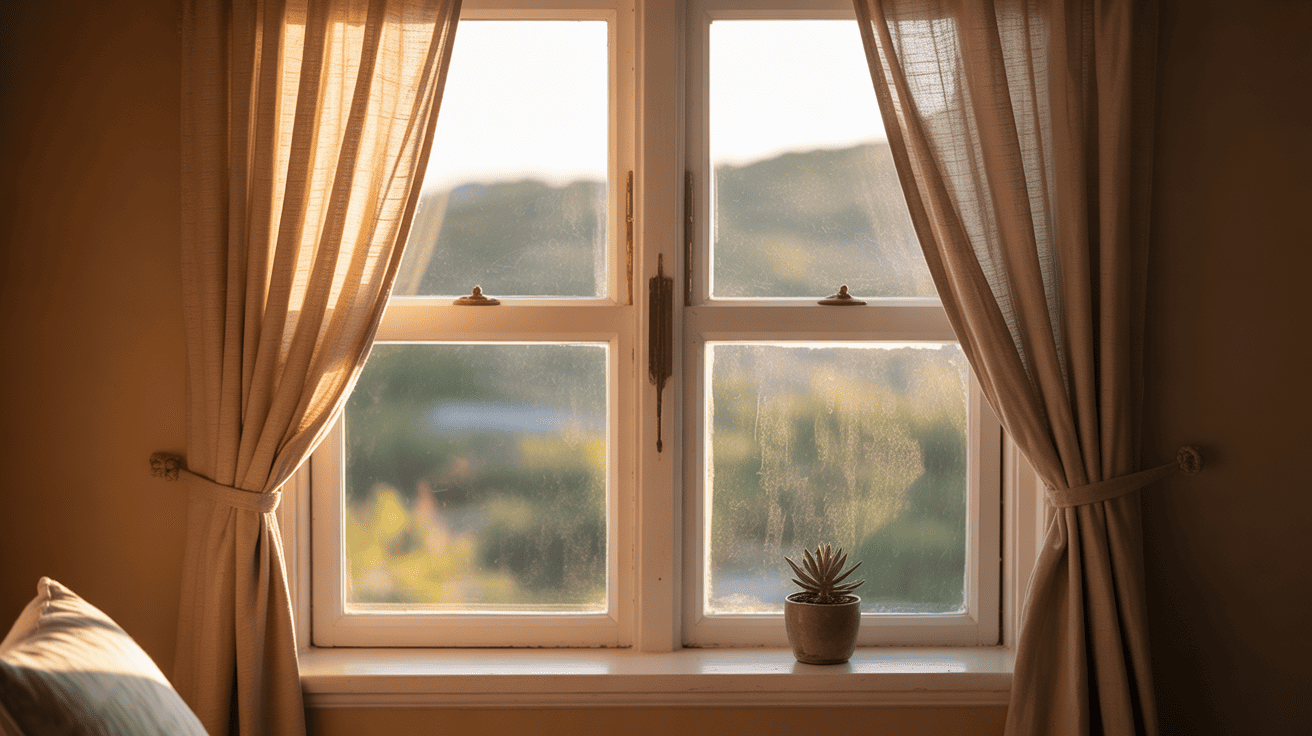
Double-hung windows allow both the top and bottom sashes to move up and down. This design offers more ventilation control than single-hung models.
- Cost Considerations: Slightly pricier than single-hung but still affordable for most homeowners.
- Key Advantages: Better airflow control. Easy cleaning from inside your home.
- Durability: Built to last, especially vinyl and fiberglass versions. Strong track record.
3. Sliding Windows
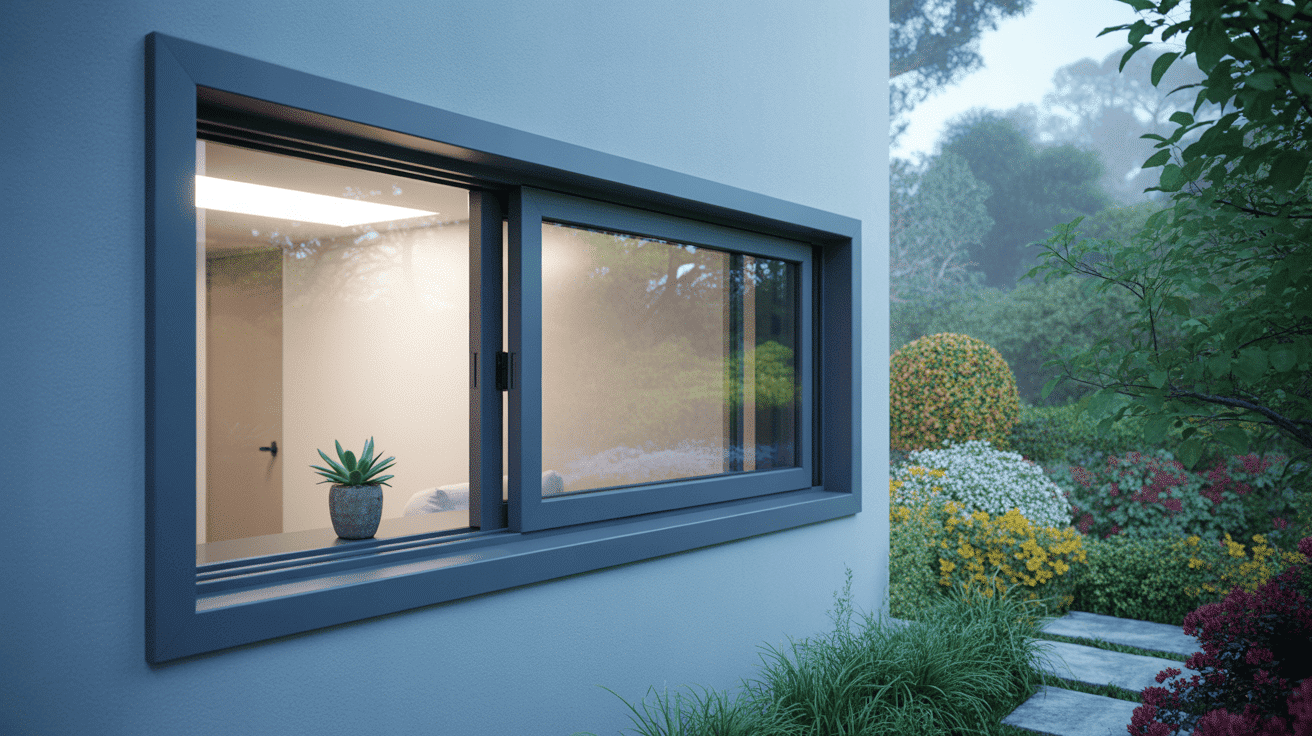
Sliding windows move horizontally on tracks, rather than vertically. One or both sashes slide left or right to open.
- Cost Considerations: Moderate pricing with simple installation. Good value for the money.
- Key Advantages: No exterior space needed. Smooth operation that’s easy for everyone.
- Durability: Excellent lifespan due to simple mechanics. Track cleaning keeps them working smoothly.
4. Casement Windows
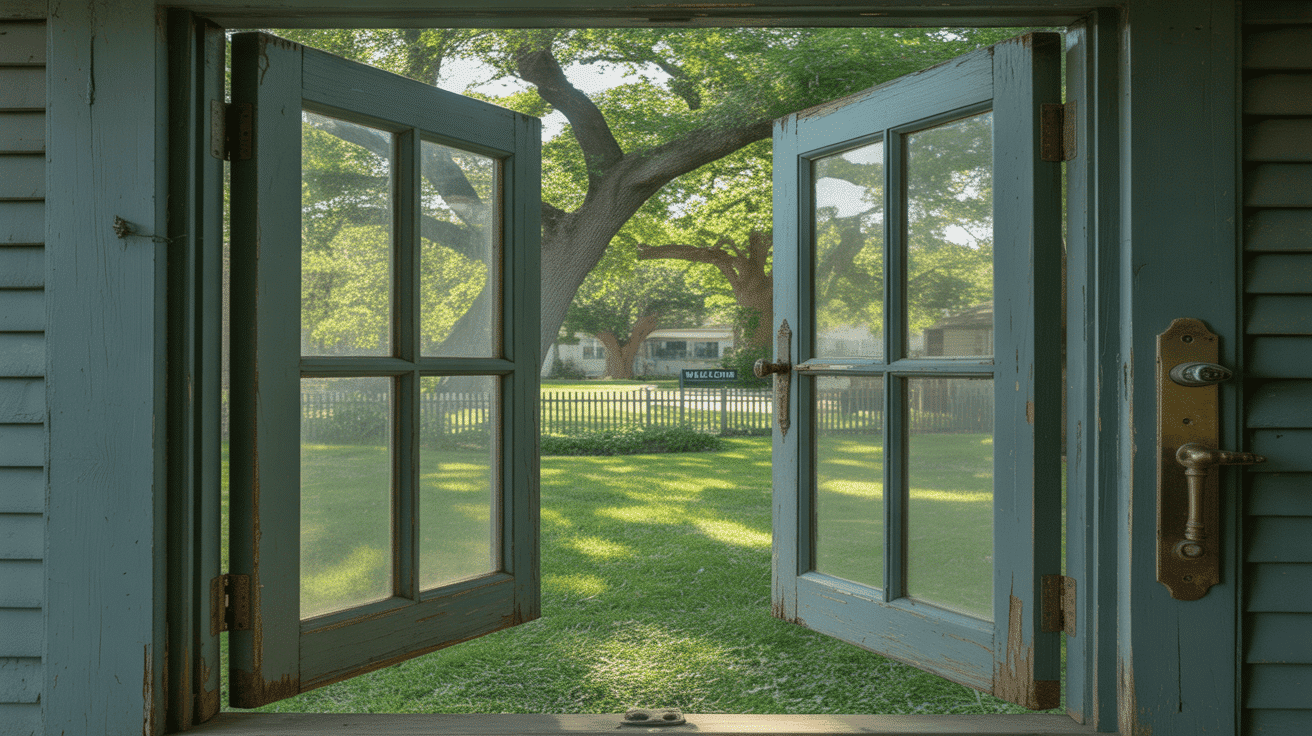
Casement windows swing outward on hinges like doors. A crank handle controls the opening and closing motion.
- Cost Considerations: Higher cost due to hardware complexity. Worth it for performance benefits.
- Key Advantages: Completely unobstructed views. Excellent air sealing when closed.
- Durability: Very strong construction. Regular hinge care ensures they continue to work perfectly.
5. Awning Windows
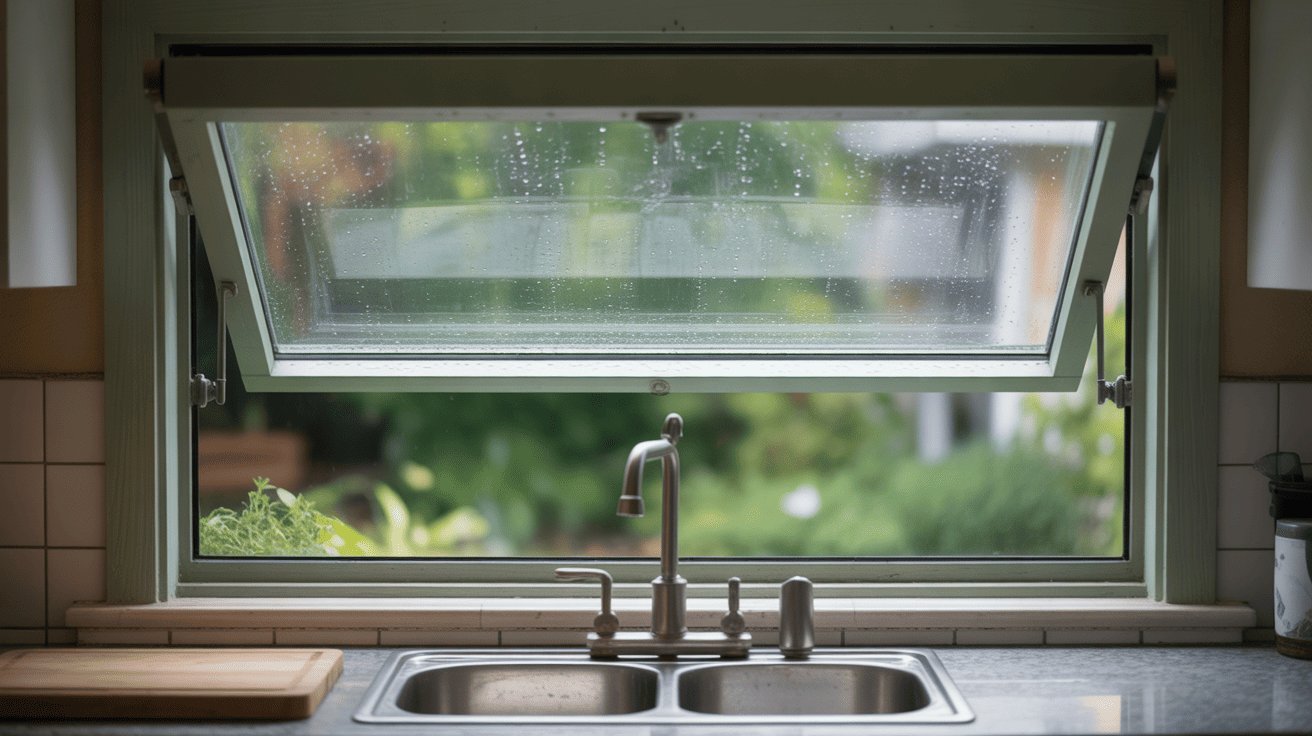
Awning windows hinge at the top and open outward from the bottom. They create a small roof when open.
- Cost Considerations: Mid-range pricing. Costs more than basic styles but less than premium options.
- Key Advantages: Can stay open during light rain. Great for privacy while maintaining airflow.
- Durability: Handles weather well when properly installed. Strong against wind and rain.
6. Hopper Windows
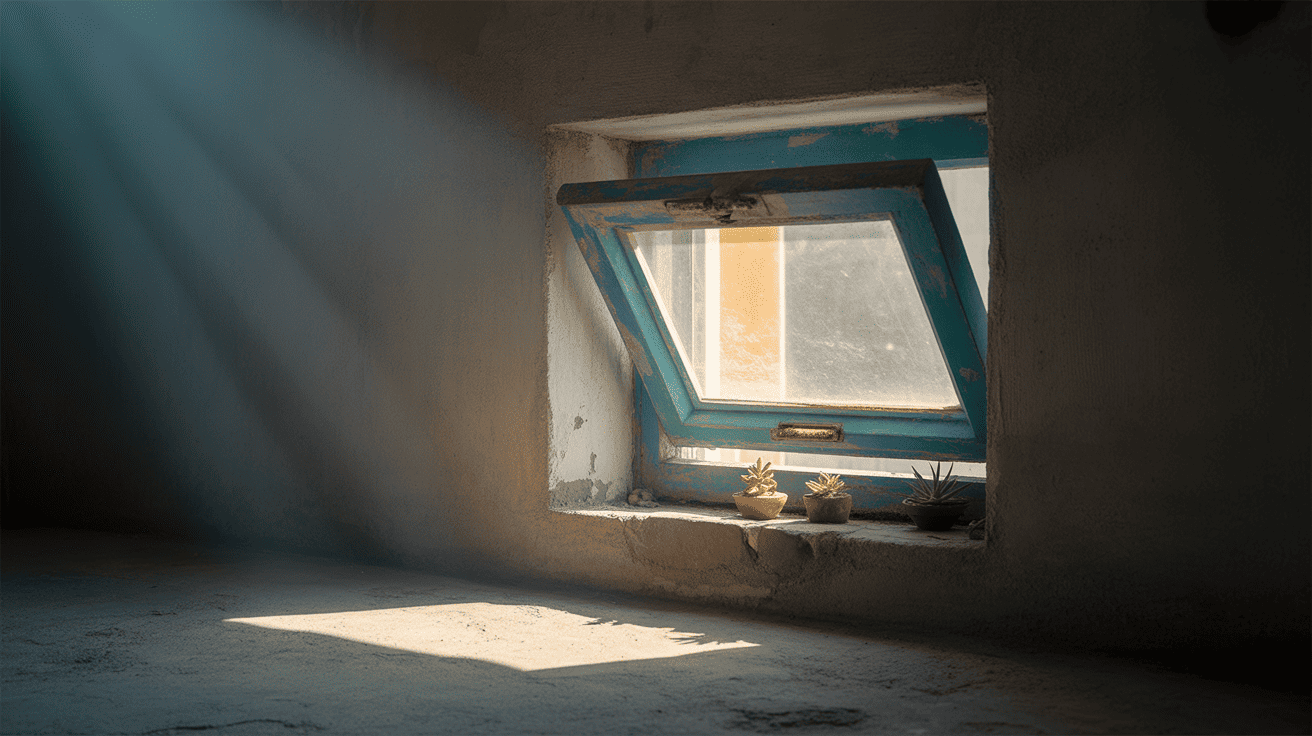
Hopper windows hinge at the bottom and tilt inward from the top. They’re often used in basements or small spaces.
- Cost Considerations: Very affordable, especially in smaller sizes. Great budget choice for tight spaces.
- Key Advantages: Perfect for lower-level rooms. Easy to operate from inside.
- Durability: Long-lasting in protected areas. Indoor hinges avoid weather exposure.
7. Bay Windows

Bay windows project outward from your home’s wall, creating extra interior space. They typically combine three windows at angles.
- Cost Considerations: Premium pricing is necessary due to structural requirements. Custom installation adds to costs.
- Key Advantages: Creates extra room inside. Floods spaces with natural light from multiple angles.
- Durability: Very durable with proper support. Occasional sealing maintains weather protection.
8. Bow Windows

Bow windows curve gently outward using four or more windows. They create a softer, more rounded look than bay windows.
- Cost Considerations: High-end option. More windows mean higher material and installation costs.
- Key Advantages: Smooth curved appearance. Expansive panoramic views of your surroundings.
- Durability: Strong when properly framed. Regular sealing keeps the weather out.
9. Picture Windows
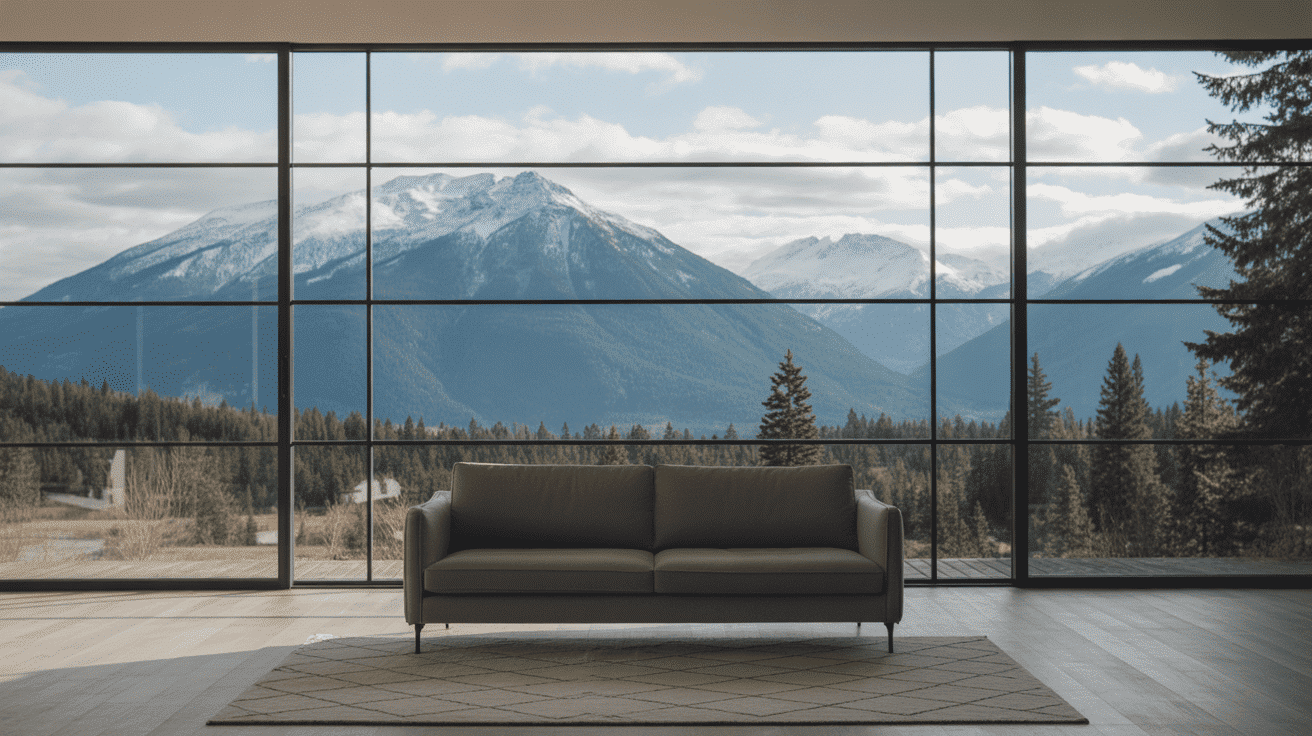
Picture windows are large, fixed panes that don’t open. They’re designed purely for views and natural light.
- Cost Considerations: Budget-friendly for their size. No moving parts keep costs down.
- Key Advantages: Maximum view area. Floods rooms with daylight.
- Durability: Extremely long-lasting. No mechanical parts means nothing breaks.
10. Skylights / Roof Windows
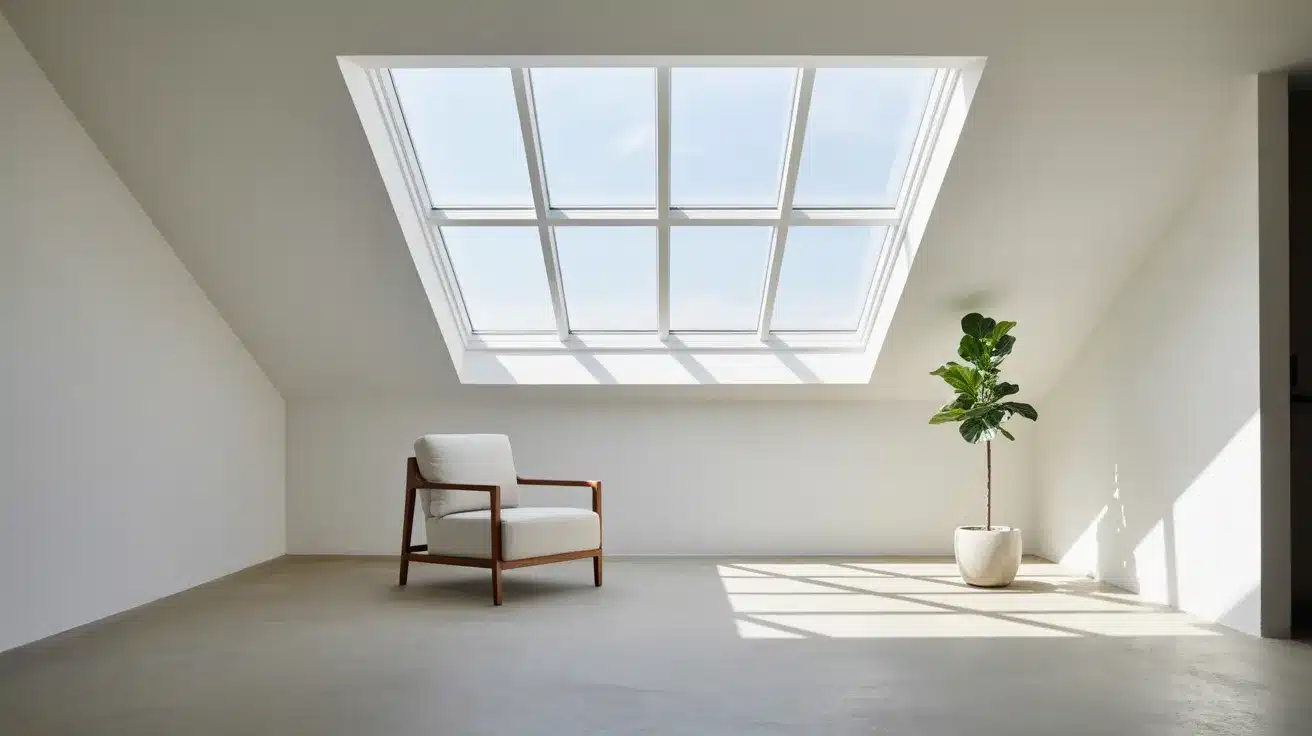
Skylights are installed in your roof to bring light from above. Some models open for ventilation while others stay fixed.
- Cost Considerations: Moderate to high cost depending on size and features. Installation requires roof work.
- Key Advantages: Brightens dark rooms naturally. Adds light without losing wall space.
- Durability: Long-lasting with proper sealing. Quality flashing prevents leaks.
11. Tilt-and-Turn Windows
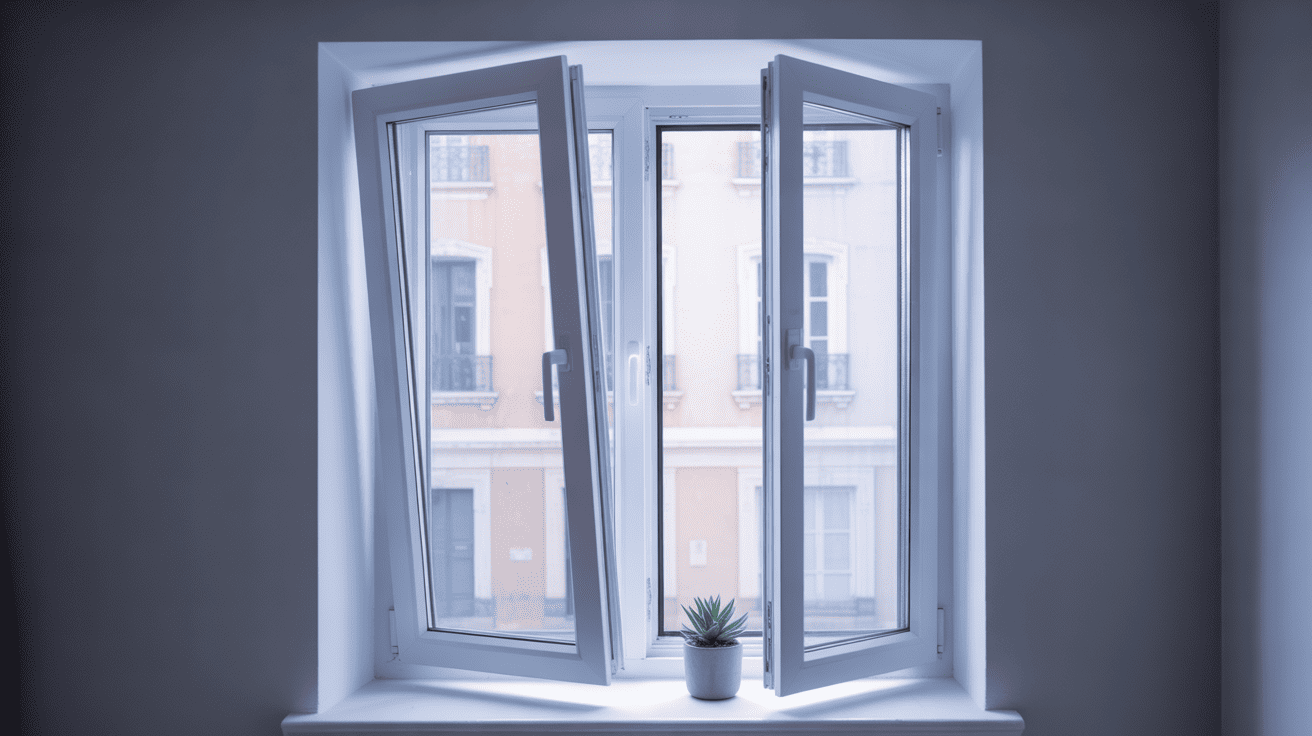
Tilt-and-turn windows offer two opening modes. They tilt inward from the top or swing open like doors.
- Cost Considerations: Premium pricing for dual mechanisms. Popular in modern home designs.
- Key Advantages: Two ventilation options in one window. Very modern and efficient.
- Durability: Excellent build quality. Hardware needs occasional adjustment, but lasts well.
12. Jalousie Windows
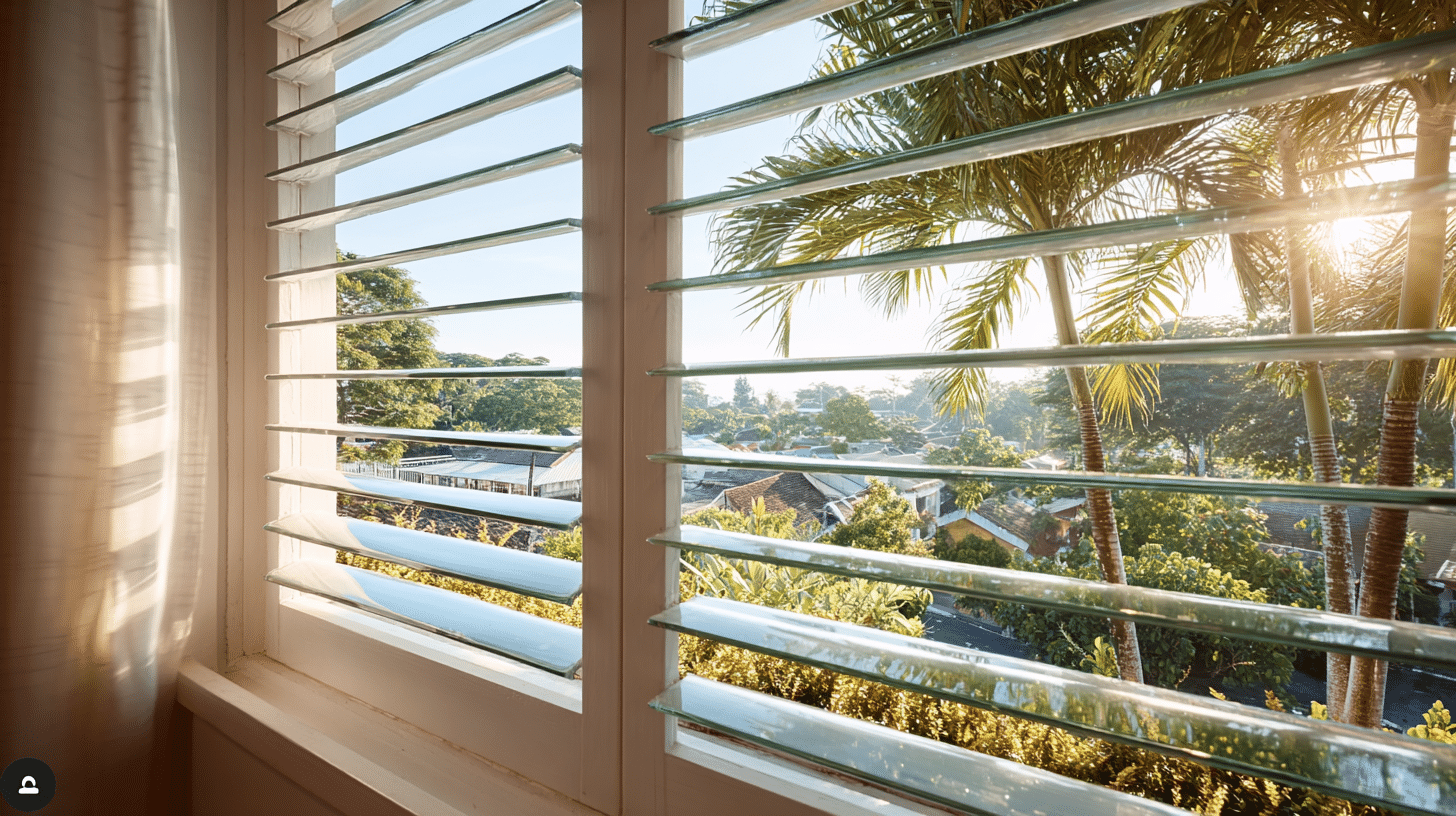
Jalousie windows use horizontal glass slats that tilt open together. They’re common in warm, tropical climates.
- Cost Considerations: Low upfront cost. Best suited for year-round warm weather areas.
- Key Advantages: Maximum airflow through the entire window opening. Great for hot climates.
- Durability: Glass slats are prone to breaking easily. Mechanisms wear faster than solid windows.
13. Cottage Windows
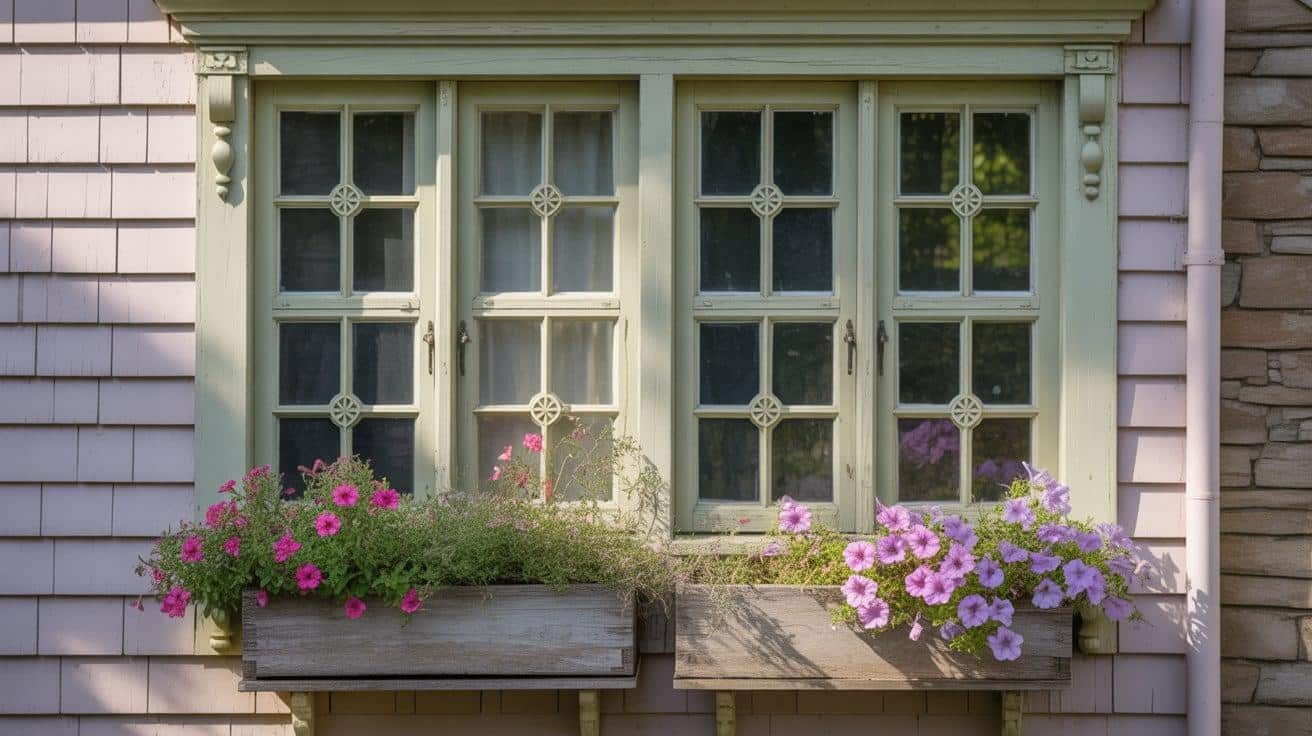
Cottage windows typically feature divided panes, creating a traditional and charming appearance. They come in various opening styles with decorative grids.
- Cost Considerations: Mid-range pricing. Adds character without premium window costs.
- Key Advantages: Classic appeal that suits traditional homes. Timeless design that never goes out of style.
- Durability: Very durable with regular care. Paint and sealing maintain their classic look.
Summarizing
| Category | Window Types | Best For |
|---|---|---|
| Practical & Everyday | Single-Hung, Double-Hung, Sliding | Budget-friendly projects, general home use |
| Hinged & Crank | Casement, Awning, Hopper | Maximum airflow, tight sealing, specialized function |
| Decorative & Spacious | Bay, Bow, Picture | Natural light, architectural design, and room expansion |
| Roof & Specialty | Skylight, Tilt-and-Turn, Jalousie, Cottage | Unique lighting solutions, distinctive style, and climate ventilation |
When To Replace Your Windows?
Most homeowners wait too long to replace their windows. Old windows waste energy and hurt your comfort every day. Knowing when to act saves money and improves your quality of life.
1. Age tells the story: Windows over 20 years old need replacement. They lack energy features and use heat-transferring single-pane glass.
2. Energy bills reveal the truth: High heating costs often indicate window problems. Poor windows make your HVAC system work harder.
3. Physical signs are obvious: Watch for condensation between panes, drafts, sticky operation, or cracked glass needing immediate attention.
4. Comfort issues affect daily life: Hot or cold rooms indicate window failure. Excessive noise suggests poor sealing.
5. Home value considerations matter: New windows boost resale value significantly. Buyers notice outdated windows during tours.
Replace windows when repair costs exceed half the replacement price. Multiple window problems indicate system-wide failure. Don’t wait until winter to address heating efficiency issues.
|
Did You Know? Energy-efficient windows can reduce your annual heating and cooling costs by up to 25%. That means a typical homeowner saves $300-$ 500 per year simply by upgrading to modern windows with proper sealing and insulation features. |
Conclusion
You now understand the different types of windows available for your home project. Each window style balances cost, function, and appearance in unique ways.
Quality windows significantly boost daily comfort and increase your home’s market value. They reduce monthly energy bills and create better living spaces.
Poor window choices waste money for years through higher utility costs and frequent repairs. Wise choices pay for themselves in the long run.
Ready to upgrade your windows?
Start by measuring your current window openings accurately. List your priorities, like energy savings or style preferences.
Contact several local window professionals for detailed quotes and realistic installation timelines. Your perfect windows are waiting to transform your home completely.
